Webinars

ABCD of Fibonacci – Learn the Basics & see how Pros do it
Fibonacci Retracements are widely used ratios to identify Support & Resistance levels as well as potential reversal zones. The most popular among them is 38.2% which is widely used during strong trending markets. However that’s mostly relevant for other Asset Classes. Crypto is peculiar and has the tendency for larger drops all the way to 61.8 & even 78.6%. We will talk about what to look for & how to effectively use Fibonacci Ratios for Trading.
Thu, Feb 7, 2019 2:00 PM – 3:00 PM UTC
Price Action Module LIVE Training Batch II
The Training includes, What is Price Action Scanner? How it works? What does different color codes mean? What is a FIBO Period? How is it Calculated? How to identify Trade Setups? Type of relevant Trade Setups.
Sun, Feb 3, 2019 9:00 AM – 10:00 AM CST
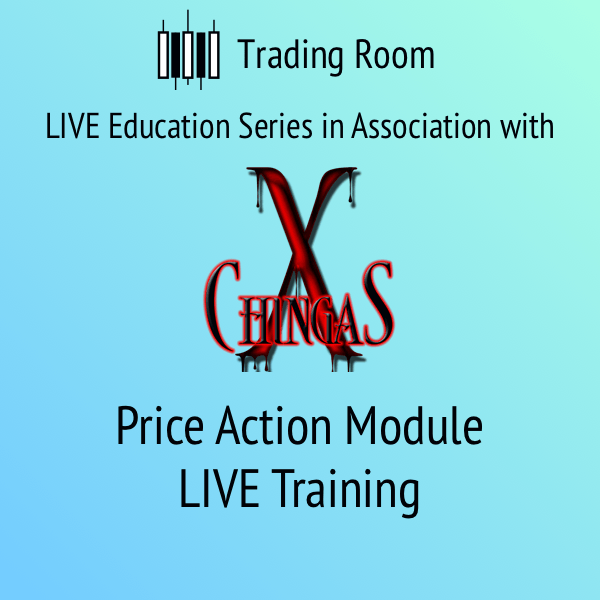

Price Action Module LIVE Training
The Training includes, What is Price Action Scanner? How it works? What does different color codes mean? What is a FIBO Period? How is it Calculated? How to identify Trade Setups? Type of relevant Trade Setups.
Sun, Feb 3, 2019 11:00 AM – 12:00 PM CST
Indicators
Technical Indicators are focused on historical price data, such as open, high, low, close price, volume, open interest, rather than underlying fundamentals of the enterprise like Price Earning Multiple, Revenues or Margins. We will talk about most commonly used indicators. While we are not a fan of using too many complex indicators, we believe you can use some of the simpler ones to identify support & resistance area.
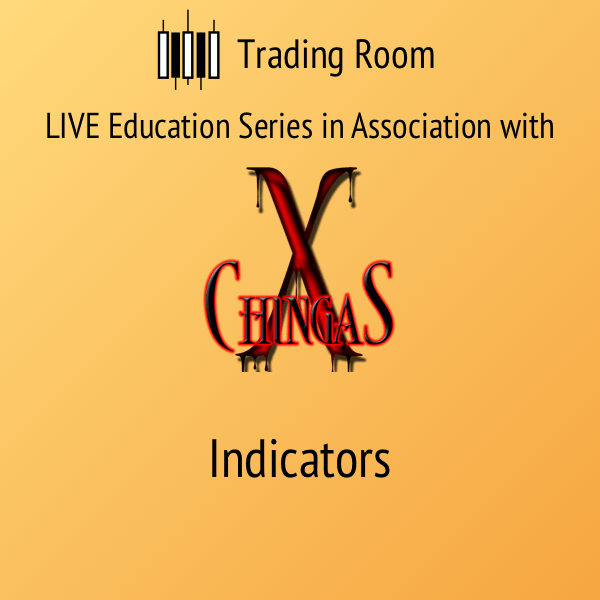

Moving Averages & MA Crossovers
The classic definition of Moving average is “MA helps smooth out price action by filtering out the “noise” from random short term price movements. MA follows the Trend & therefore a lagging indicator because it’s based on past price action. However using MA Crossovers can be a rewarding tool to gauge trend reversals & identify Trend Continuation Patters. We will talk about SMAs vs EMAs & MA Cross Overs & how to use them effectively for Trading.
Support & Resistance Levels
In Trading parlance, Support & Resistance are certain pre-determined levels of the price of an asset at which it is thought that the price will tend to stop & reverse. These levels are derived based on multiple touches of a price without a breakthrough of the level. Support & Resistance Levels can be static or moving. We will discuss about static vs moving S&R Levels & how to effectively use them for Trading.
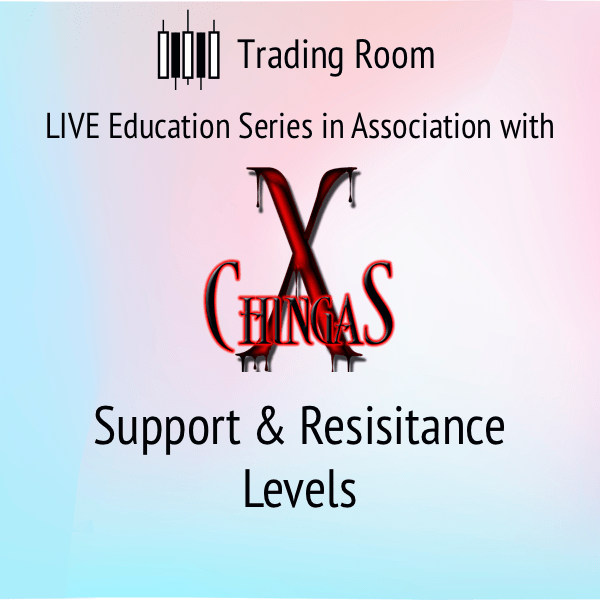
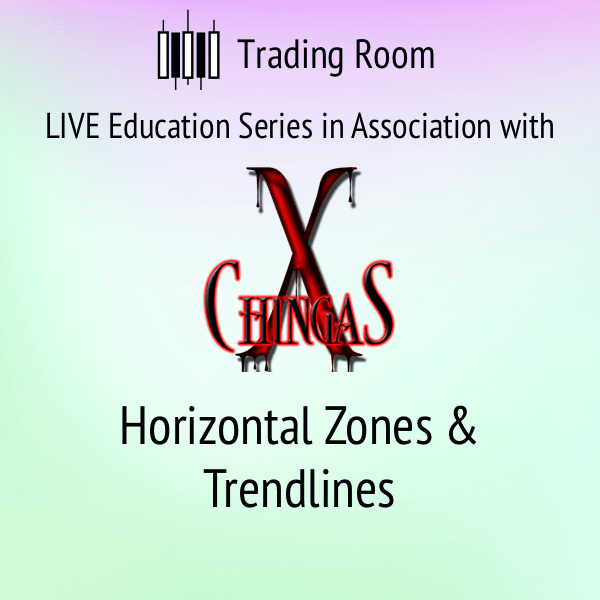
Horizontal Zones & Trend-lines
Horizontal Zones & Trend lines connect variable pivot highs & lows to show the price contained between the upper line of resistance & lower line of support. We extensively use Horizontal zones to identify key Reversal Zones & Major Breakout areas. Certain Diagonal Trend lines can also be used as potential Support & Resistance zones in conjunction with other tools. We will discuss about how to spot these zones & how to draw lines, when to use them & when to ignore them.
Candlestick Patterns
Candlesticks are named so because of their shape & lines on either end may resemble a candle with wicks. Each Candlestick usually represents entire data for that particular time frame. Each candle contains Open, High, Low & Close price data. The color of the central body characterizes the major price action for that period. We can effectively use candlesticks to identify potential trend changes, continuations, reversals etc. We will discuss different patterns & how to use them for day to day trading.


Bollinger Bands Width
BB Width is an indicator derived from B Bands. BBWidth measures the percentage difference between the upper band & lower band. In layman’s language when BBWidth decreases in width as market goes sideways and trades in a small range vs BBWidth widens when Market volatility increases. We will try to understand how to use BBWidth as a Scanner Tool to identify potential breakout trade ideas.
RSI
Relative Strength Index is a momentum indicator that measures the magnitude of recent price changes to evaluate overbought or oversold conditions in the price of the asset. RSI can have a reading between 0 to 100. Traditional interpretation and usage of RSI is that values of 70 or above indicate that the asset is overbought & may be primed for a trend reversal or corrective pullback. RSI reading of 30 or below indicates an oversold or undervalued condition. However the Key is to know when to use it effectively. We will cover that aspect.
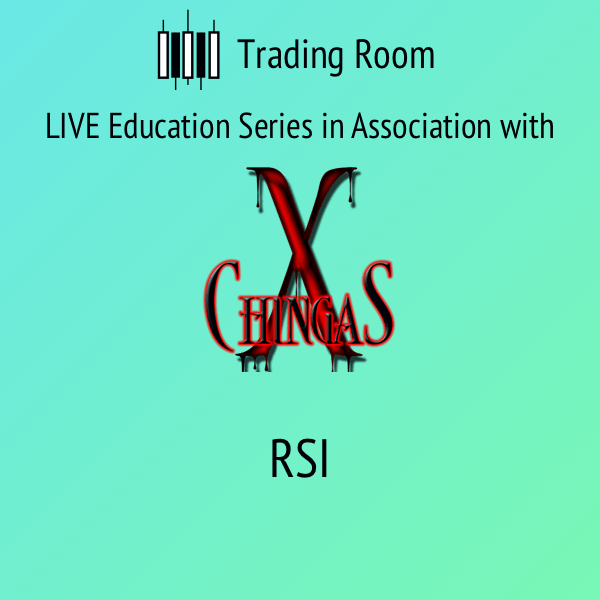

More Topics
Investing Vs Trading, Swing Trading vs Scalp Trading, Trading Trends vs Trading Trend Reversals, Classical Charting Patterns, Money Management Principals, When to Compound & When to not?, when to buy the dips & when to sell the bounce?, Trading Plans & Strategies, When to Catch falling knife?
